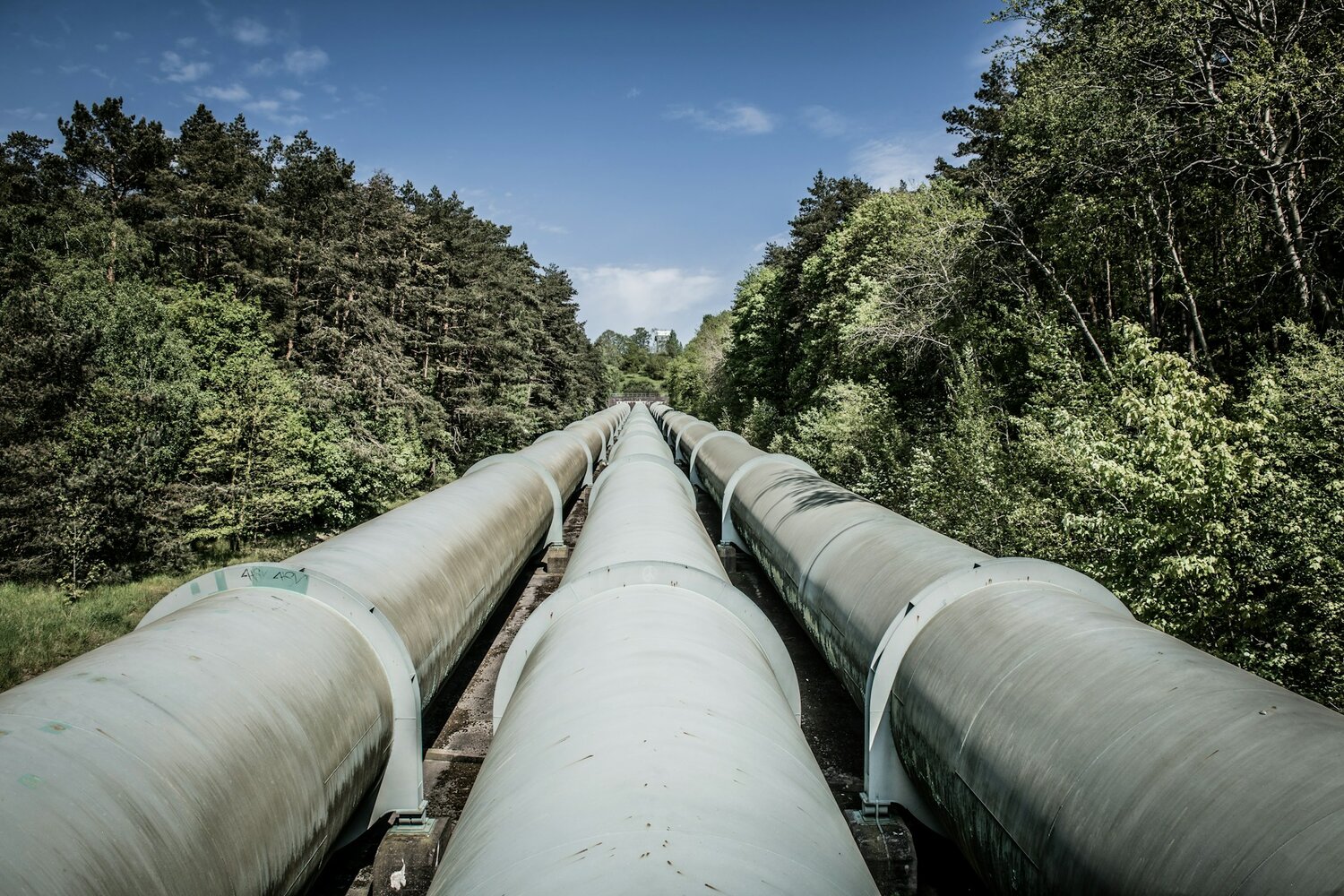Kaleigh Harrison
The U.S. Department of Energy (DOE) has awarded contracts to purchase approximately one million barrels of crude oil for delivery to the Strategic Petroleum Reserve (SPR), with shipments set between December 2025 and January 2026. The barrels will be stored at the Bryan Mound facility in Texas, part of a broader, measured effort to rebuild the reserve following the 2022 emergency drawdown.
This procurement follows a competitive Request for Proposal (RFP) process initiated on October 21, 2025. Six companies submitted 18 offers, with awards going to the most competitive bids meeting quality and delivery criteria. According to DOE officials, the goal is a deliberate refill rather than a politically driven restock. By spacing out purchases, the agency aims to minimize market disruption and maintain supply stability.
Secretary Chris Wright noted the strategy is designed to avoid short-term pricing spikes while reinforcing national energy security. It’s a move that prioritizes operational sustainability as much as stockpile volumes, particularly given the aging infrastructure of the SPR and the need for ongoing maintenance and modernization.
Energy Sector Watch: What the SPR Rebuild Means for Market Players
The current reserve holds just over 400 million barrels—significantly below its roughly 700-million-barrel capacity. This latest contracting phase, though relatively small in volume, reflects a broader policy stance: the SPR remains a key tool for energy resilience, not just an emergency tap.
While the DOE hasn’t committed to a fixed purchase schedule, industry observers expect additional solicitations in 2026. The current delivery window supports a gradual acquisition model, which may benefit producers with logistical flexibility and cost-efficient access to Gulf Coast terminals.
For businesses in the refinery, midstream, and upstream sectors, continued activity around the SPR offers potential advantages—from predictable demand cycles to improved visibility in scheduling. Gulf Coast suppliers with crude grades compatible with SPR standards are especially well-positioned, given ongoing proximity and infrastructure alignment.
Longer-term, federal investment in site upgrades—like cavern repairs, pipeline replacements, and digital modernization—will shape the pace and scale of future acquisitions. While political cycles often cast uncertainty over energy planning, this step signals a continuation of procurement strategy that prioritizes supply chain discipline and infrastructure resilience.
